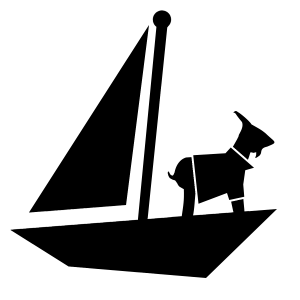\Art: The Living End
\Art is a postgraduate fellowship at Cornell Tech that partners artists with Cornell Tech graduates to create new art, new art forms, and new art technologies.
The Living End was an installation created in collaboration with artist Matthew Weinstein and his team and Cornell Tech graduates Brandon Plaster and Alap Parikh.
Software development in the current art world is much like a startup. It’s not about pristine code or about a robust architecture, but instead it’s about creating a product that conveys your message and stays within the constraints of the project, be that time or capital. It’s also about learning to work and excel with conflicting sets of viewpoints, that at times seem arbitrary (and at times are arbitrary) but that nevertheless result in a piece that could not have been achieved without its diverse contributors.
When we arrived at \Art, we brought with us the belief that both art and technology could benefit each other if approached with intention. Not technology in search of art, or art in search of technology, but instead, an organically grown piece where neither the art or the technology could exist alone. We bonded with Matthew over the concept of “anti-interactivity”, the notion that just by being present, the audience, the setting, and even the temporal context affected an art piece. That without needing to interact, the audience was in fact interacting with the piece. And with this single notion, The Living End was born.
The Living End is a video animation that is rendered on-the-fly in Unreal Engine 4. Elements of the piece, such as sound, textures, and lighting change based on Kinect and thermal imaging sensors that analyze aspects of the audience, such as attention, breathing rate, and motion.
See more here

